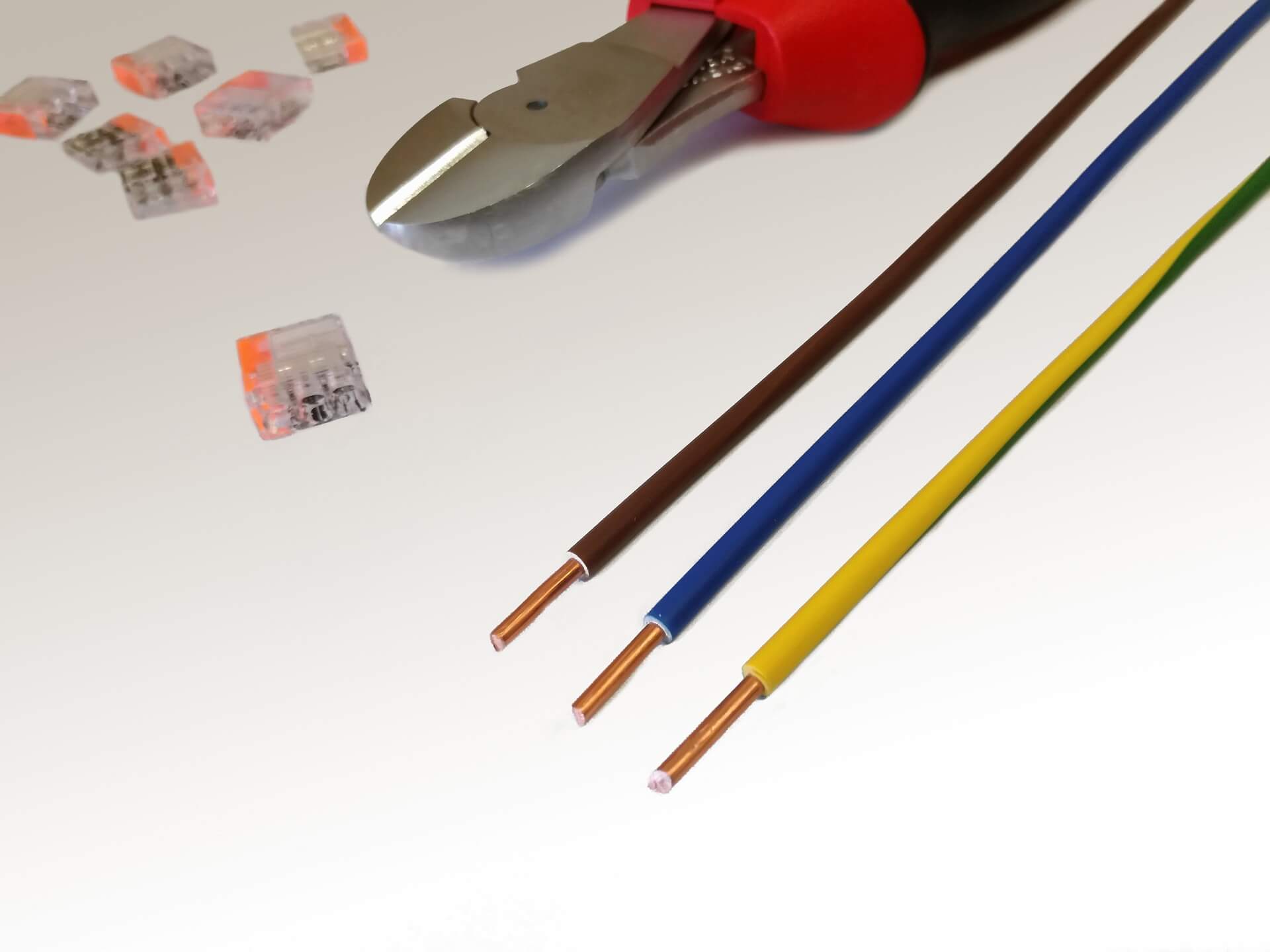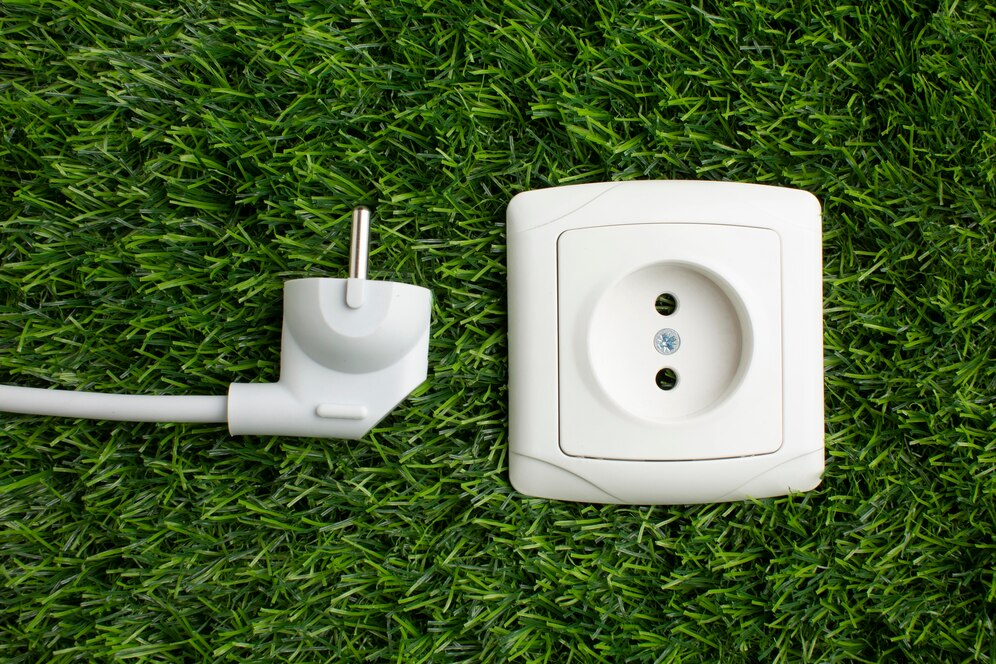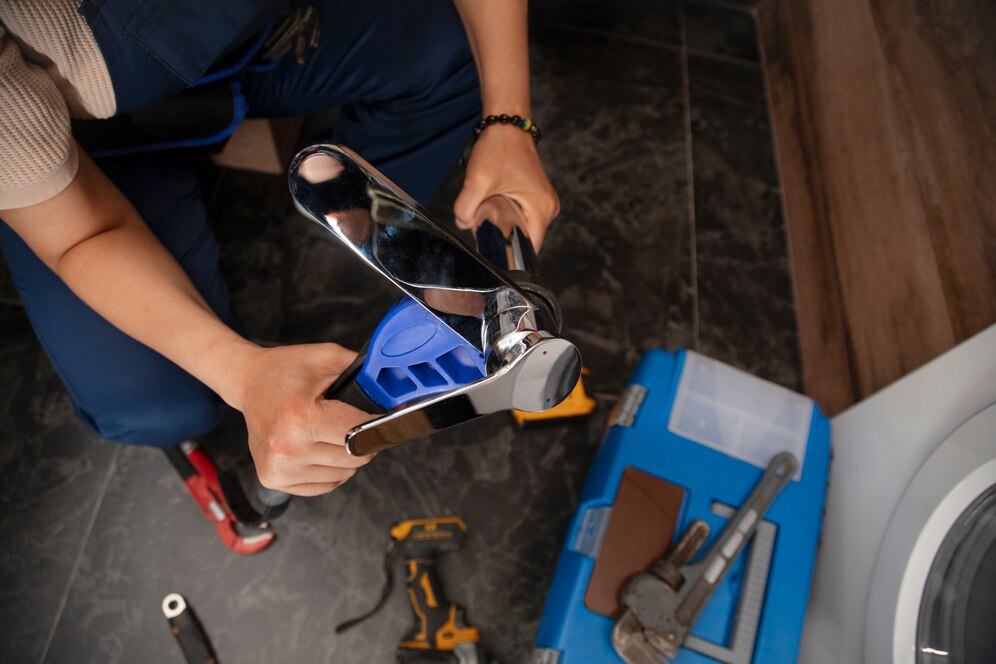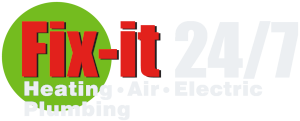How Your House Is Wired | Home Electrical System 101
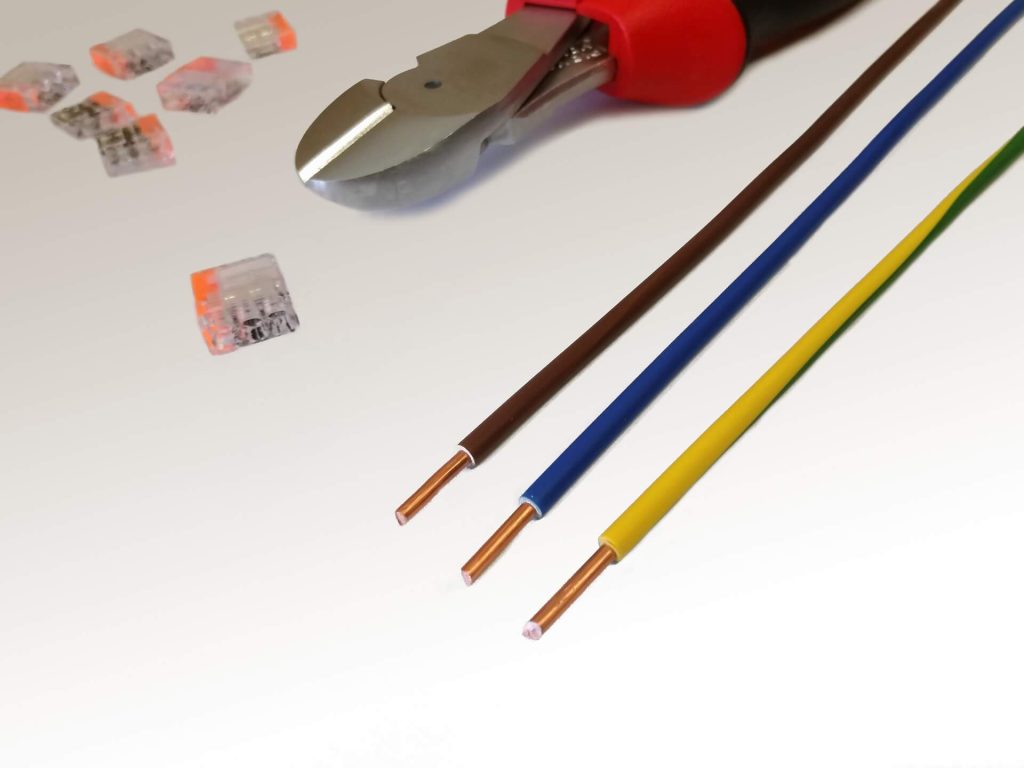
Homeowner or not, it’s extremely important for everyone to know the basics of home electrical systems, such as how to reset a tripped breaker, what GFCIs and AFCIs do, and how to identify and protect yourself from electrical hazards.
There are many fun and safe DIY projects you can tackle, but electricity and wiring should NOT be one of them. While it may be tempting, leave the wiring and the rest of your electrical system to the professionals. No amount of savings is not worth a human life.
This includes “small jobs,” such as installing outlets, switches, ceiling fans, lights, and light fittings. What may be a quick and simple job for a certified electrician can turn deadly for a homeowner. Additionally, if you do your own electrical work and you ever want to sell or rent the property, you will need documentation for all the electrical work. You will not be able to get appropriate certification after the fact. And if someone is injured, your insurance will be null and void (The Independent).
So before we introduce the workings of your home electrical system, let this serve as a warning: UNLESS YOU ARE A CERTIFIED AND TRAINED ELECTRICIAN, NEVER ATTEMPT DIY ELECTRICAL WORK! ALWAYS USE A QUALIFIED ELECTRICIAN!
Enough with scary stuff. Let’s start with some basic terms and definitions to help you understand how your home is wired.
How Your Electrical System Is Wired
Electricity
Basically, electricity is a physical phenomenon connected with the presence of an electric charge or current, a movement of charged electrons along a conductive pathway. It may be useful for you to think of water (electrons) moving through pipes (conductor).
Amperes (Amps)
The movement of this electric charge (also known as electric current) is measured in amperes or amps. The more water flowing through a pipe, the higher its gallons per minute (gpm). The more current flowing past a given point (number of electrons per second), the greater its amperage.
Volts
Again, a plumbing metaphor helps. PSI (pounds per square inch) measures water pressure while the pressure (or push) of electric current is measured in volts.
Watts
Watts refers to the total amount of energy in an electrical circuit at any given time. If you know how many amps and volts are in a circuit, you can determine the wattage with this formula:
Amps x Volts = Watts
Conductor
Electric current flows through conductors. Common conduction materials include metals (copper, silver, aluminum, etc.), electrolytes, superconductors, semiconductors, and plasma.
Insulator
An electric current that does not flow freely through a material is considered an electrical insulator. No perfect insulator exists, however, since there is always a small amount of charge carriers, particles that are free to move and carry an electric charge.
How Electricity is Brought into the Home
Where does electricity come from? It all starts at a power plant. Energy is then transmitted to your home over high-voltage lines. To help electricity travel over long distances, transformers increase the strength of the current.
Unfortunately, if these strong currents (around 13,000 volts) entered your home or business directly, they would fry everything. That’s why we have a distribution network—those little grey boxes on the side of the home—to reduce the high voltage to two hot wires of 120 volts.
Most homes have a three-wire service (two hot wires and one neutral). The neutral wire acts as a return path for the electricity to complete the circuit.
One hot wire and one neutral are used to power your traditional 120-volt circuits, such as hairdryers and vacuums. Two hot wires and one neutral are used for your larger 240-volt circuits for larger equipment, such as HVAC systems.
Some older homes are only outfitted with one hot wire (120 volts), which isn’t enough for our modern electrical demand. Contact a professional electrician to upgrade your electrical system to three-wire service.
You can tell if you have three or two-wire service by going outside and finding the area where electrical wires arrive from the local transformer. It should be near a corner of your roof.
The wires then pass through a metal conduit to your electrical meter, which measures the amount of electrical consumption and is monitored by your local electric utility company. From there, the electricity enters the house through your main electrical service panel(either a breaker box or fuse box).
Electrical Service Panel
The service panel takes the electricity from the transformer and divides it into branch circuits that send power throughout the home. A circuit is the circular journey electricity takes, beginning and ending at the same place (the power source). Any disruption in this path will render the circuit dead.
Inside of the panel, there are three bus bars, two hot bus bars which carry electricity from outside of the home and one neutral bus bar. The neutral bus bar is connected to something called a grounding conductor.
The grounding conductor is a wire that connects to the water supply pipe or a metal rod deep within the earth near the home. This grounding wire allows excess or misdirected electricity to enter the earth instead of causing a fire or short circuit.
But don’t expect to see these bus bars when you open the service panel. Instead, you will see either screw-in fuses or circuit breakers. These overcurrent protection devices will shut off the supply of electricity to any circuit when it detects more current demand that it is rated for.
When the fuse or breaker begins to heat up as a result of too much current, it will “blow” or “trip” respectively. In order to return power to the circuit in question, you will either have to replace the fuse (same type) or reset the breaker. Contact an electrician if you are experiencing frequently tripping breakers!
Each traditional circuit will have one hot (usually black) wire to deliver the electricity, one neutral (usually white) wire that returns back to the main panel, and a grounding wire that connects to the earth.
Subpanels
In addition to the main electrical panel, you may also have one or more subpanels. These subpanels are connected to the main panel and provide power to different circuits or large machines and appliances. They will have their own fuses or breakers.
There’s a lot more to know about how electrical systems work, but hopefully, you have a general gist of the electricity that arrives at your house
Amped to Learn More?
Visit All About Circuits for a bunch of in-depth video lessons on electronic systems, wiring, series circuits, and much more.
Learn important electrical safety tips on our Safety page. Schedule a professional electrical system safety inspection with the experts from Fix-It 24/7.
If you have any questions about your electrical system, don’t hesitate to contact the experts at Fix-It 24/7, faithfully serving Denver-area homeowners since 1975.
Service You Can Count On
We came from humble beginnings, having started as just a small family
business. And while we’ve experienced growth, Fix-It 24/7





